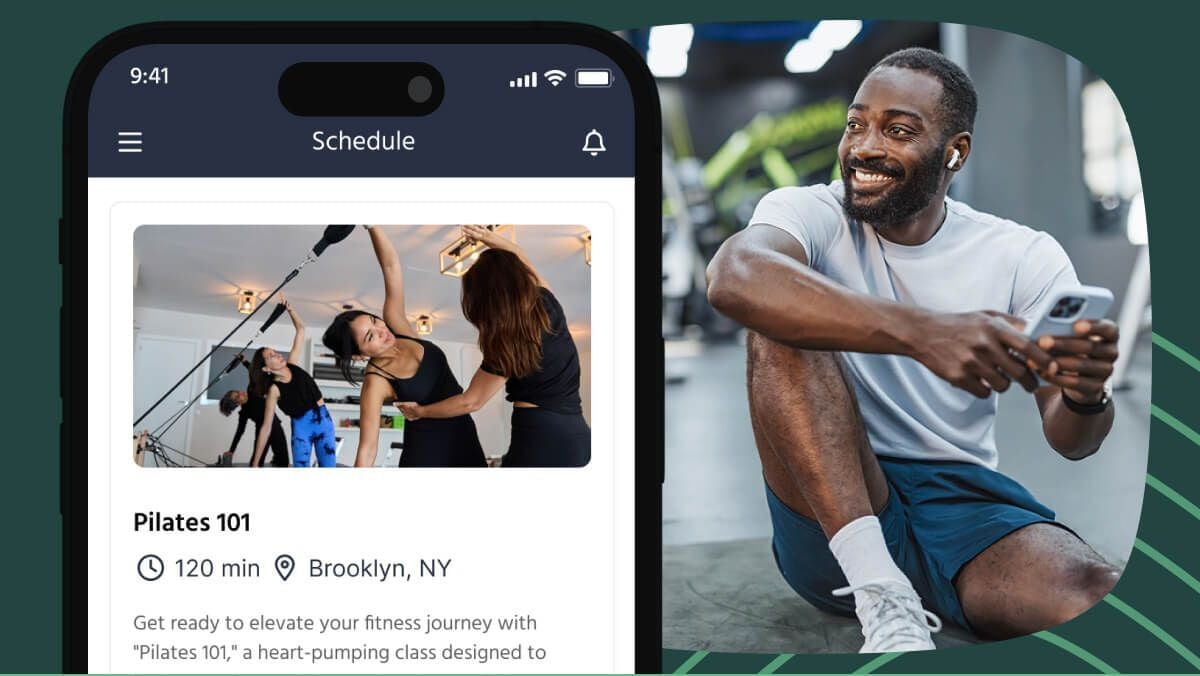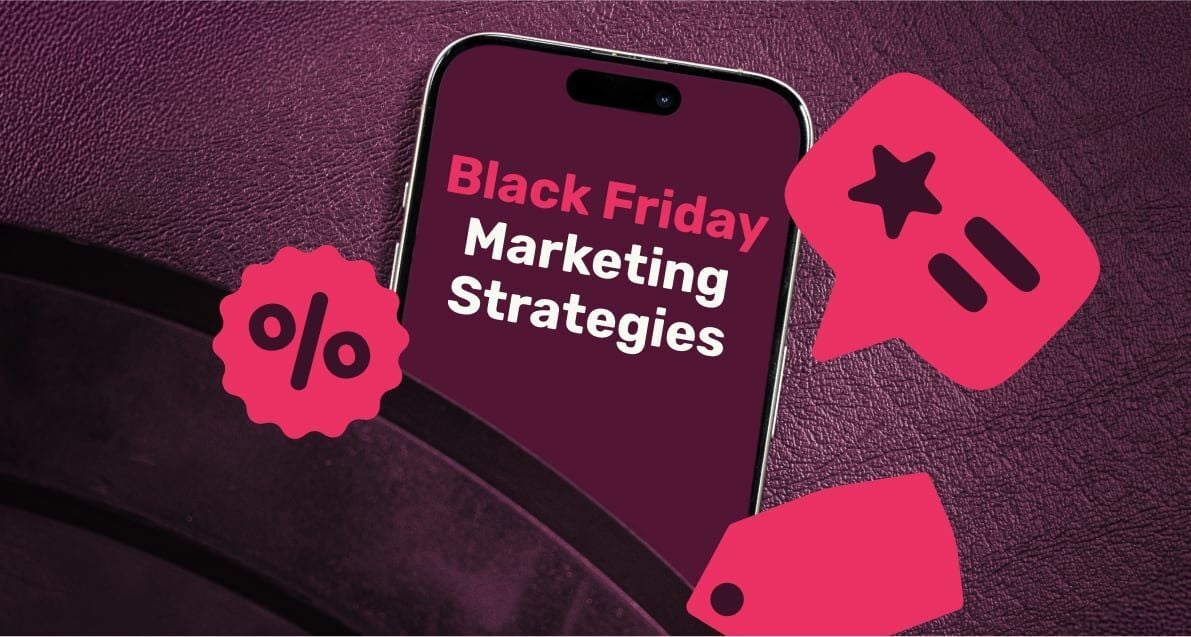The success of a business depends on the accuracy of scalability, cash management, and demand. While the demand for gyms all over the globe is increasing with growing health concerns, scalability, and cash management are the issues that every gym owner struggles to implement in their business.
Sales forecasting empowers owners with accurate visualization of goals, opportunities, and other factors that may impact revenue generation. It helps you to make smarter decisions about hiring, budgeting, and other Capex/Opex projects.

We’ve gathered the most frequently asked questions about gym sales forecasting and answered them all in this article.
What is sales forecasting?
Sales forecasting is the practice of predicting sales figures over a certain period of time in the future. Depending on the data available and the model is chosen, sales forecasts can have a high degree of accuracy.
The question of “how much” comes next. As a gym owner with multiple establishments, you may need sales forecasts of a particular zone, branch, or even a sales representative. While it all depends on POV, sales forecasts can accurately depict revenue generation through historical data on prospects, financial zones, and other factors.
As the definition states, the period of time is also a critical factor. If you choose a period that’s too short, it may not satisfy the management or the sales personnel. It may also put undue stress on your business if the period chosen is too long. Typically, yearly, quarterly, and monthly sales forecasts are made.
Who your sales executives are targeting is also a determining factor for the accuracy of the forecast. The demographics of the prospects often contribute to gym sales forecasting. As you’re in the fitness industry, most prospects will be decision-makers—making sales forecasting more accurate.
Your gym sales forecasting should also reflect which new services and products you’re introducing in the next few months. Depending on the market equilibrium of such services, you may more accurately predict the sales figures.
How the prospects make purchase decisions and why they do that for your products are also impactful variables when coining sales forecast figures for your gym.
Why forecast gym sales
Gym forecasts allow you to stay on the right course with revenue generation. If a sales deficit is realized, appropriate course corrections and mitigation strategies may be used for better results. The other benefits of gym sales forecasting include
Better internal operations
When sales quotas are met, all institutional stress, like possible layoffs, reducing cash flow, and halting development, are put aside to make room for improvements. Optimistic sales forecasts shine a similar light on internal operations. And when the projections are met, all the parties involved are encouraged to give their best throughout the next cycle.
On the other hand, if your gym is struggling to match the forecasts, it may present a gloomy ambiance in the halls. However, you can improve your internal operations through training sessions and better services to improve the metrics.
Smoother external operations
External marketing events and promotions are critical to sustaining gyms. When sales forecasts are positive and are on the way to being fulfilled, you can invest more in webinars, contests, and developing better offers for potential clients.
As you keep touching enough customer pain points through external operations, the confidence of your clients in your services keeps increasing. The pumped-up morale of your sales representatives through solid sales forecasting often results in better revenue generation.
Improved decision-making
Sales forecasts are meant to analyze the trajectory of your sales approach and whether it’s in parallel with the expectations. Any negative deviations from the past cycle or from the expectations may require you to change your approach. Understand your clients and introduce new sales strategies.
In case of positive forecasts, you can try encouraging your sales representatives to gain more from the current cycle. Moreover, offer them better incentives for reaching additional milestones.
Realization of sales quotas and revenue
Gym sales forecasting empowers you to make feasible sales quotes for your representatives. While all of your sales reps may not be as efficient as the other one, practical quotas give them additional encouragement to compete with the more efficient ones.
Forecasted revenue generation also relieves undue stress from the business. Accurate sales forecasting allows you to make investments in human resources, equipment, and other business operations without needing to worry about them being feasible in the long term. Positive sales forecast empowers your employees with security, job satisfaction, and a sense of accomplishment.
Setting future benchmarks
You may or may not achieve 100% of your sales forecast or may even exceed them. Whatever the case, you’ll be able to hold it accountable and set future benchmarks according to that. If the sales figures were exceptional, continue improving variable implementations that have contributed to the better figures. If you couldn’t sustain the forecasts, reflect on the reasons and improve them for better results.
Gym sales forecasting methodologies
Data analytics models are mostly used for gym sales forecasting. While we wouldn’t discuss the linear regression or triple exponential smoothing models in detail. We’ll go through the basics of gym sales forecasting for each tool accessible to marketers.
1. Lead Value sales forecasting
The Lead Value forecasting model analyze past sales data from individual lead sources. With gyms, you can predict how each lead’s journey will end through the telltale signs at the beginning of the buyer’s journey. These variables are used to determine if the existing clients will continue to be contributing and if fresh leads are potent enough to sustain revenue generation.
To forecast with this model, you’ll need
-
Average lead per month for the previous cycle.
-
Conversion rate by lead source
-
Average sales price by lead source
While this is a basic introduction to the model, you can implement other factors like discounts, price changes, and sales velocity into your forecast.
2. Opportunity Creation sales forecasting
In contrast to Lead Value sales forecasting, Opportunity Creation sales forecasting considers each opportunity as a determining factor. Based on their behavioral and demographic data, each lead is scored and analyzed to forecast sales for the next cycle. With this ranking-based prediction model, your sales reps can prioritize leads with higher potential to fulfill the sales forecasting.
Metrics that you may need are:
-
Lead ranks based on marketing team
-
The average value of services by lead ranking
-
Close rate by lead ranking
Other factors that may be included in the calculation for accuracy include behavioral patterns, point of contact, and past interactions.
3. Opportunity Stage sales forecasting
One of the most popular models available to gyms with a sales funnel in place is Opportunity Stage sales forecasting. The methodology depends on the position of leads on the funnel at the time of forecast and the rate of closure each stage realizes. This method is utilized better with a CRM tool in place to accurately place the leads.
The variable that you need is:
-
Win rate for each stage on the sales funnel
-
The average number of leads in each stage
-
Average value of services
The calculations are made by multiplying the average value with the win rate to determine the forecasted amount for leads in each stage. However, leads sitting in the pipeline for a long time may negatively affect the forecast.
4. Length of Cycle sales forecasting
Length of Cycle sales forecasting considers the duration it takes for prospects to convert into gym clients. For example, if it takes 10 days for a prospect to turn into a customer and your sales rep is engaging them for 5 days, they have a 50% chance of converting. The average duration is calculated by dividing the total number of sales by the number of closures.
The metrics needed to calculate Length of Cycle forecasting are
- Average length for prospects to turn into customers
- Average sales value
The major disadvantage of this model is that a prospect can wait weeks or even months to start acting. If the number of such leads is high enough, it can have a negative effect on the accuracy of the model.
5. Intuitive sales forecasting
One of the most inaccurate models is Intuitive sales forecasting. It doesn’t take many numerical values to forecast with this method. The only consideration is the words of the sales executives. If they’re confident that a prospect has the potential to turn into a customer, it’s considered as a positive trait.
A significant drawback of this model is the optimistic behaviors of the representatives. More often than not, the reps provide a higher estimate that doesn’t necessarily reflect the true value of the sales figures.
6. Test-Market Analysis sales forecasting
This model focuses on rolling different services to different demographics of the audience to estimate their response for forecasting. For gyms, you may be able to roll out different exercises or diet plans for different prospects belonging to different demographics.
How to accurately forecast sales
Using the models is one thing, but implementing them accurately is a different game altogether. In this section, we’ll discuss the strategies that you can take to accurately forecast gym sales.
Choose an appropriate forecasting methodology
The methodologies discussed earlier should be carefully vetted and implemented as per your requirements. While you may interchange your model between cycles, it may develop issues while reviewing past forecasts. Consider testing the models before implementing them throughout your gym franchises or branches.
For example, if you’re a smaller gym, consider embracing models that aren’t too variable intensive like Test-Market analysis or Length of Cycle sales forecasting. If you have different zonal branches that operate autonomously, Opportunity Creating and Lead Value sales forecasting may be a better idea.
Streamline your sales process
Whatever model you may choose, streamlining your sales process is most critical. Without a defined sales process, you can’t implement effective models like Opportunity Creation and Lead Value sales forecasting. If your sales representatives aren’t sure about where the prospects are sitting in the funnel, you can’t ever predict the end results accurately.
Moreover, streamlining your sales process often increases the conversion rate to a great margin. When your sales reps are on the same page with the marketing team, they can rank the leads better and present more accurate outcomes.
Set sales targets
According to your sales forecasts, set practical sales targets for your reps. In addition to being an encouraging factor, it makes sales forecasts more accurate in the long term. With the data available on the success and failure of sales strategies, you can restructure the sales process to add a significant degree of accuracy to your next sales forecast.
However, try not to overburden your representatives with vague targets as it does more harm than good. With the stress factor coming in, they may not be able to spend as much time as they need to secure a potent client. They may develop a tendency to move on from clients without offering them proper guidance if they aren’t converting instantly—making your gym seem pushy.
Incorporate variable changes
When figuring out the sales forecasts, consider incorporating as many variables as you can. Variables including:
-
Market growth
-
Competitor analysis
-
Price changes
-
Market trends
-
Employee retention and layoffs
-
Marketing data
-
Product improvements
-
Financial status
-
Capital expenditure
-
Operations expenditure and other organizational factors
These variable changes often dramatically change the outcome of the sales forecasts and save you from losing revenue through inaccurate results and miscalculated investments.
Complex data analytics models are best for sales forecasting for this very reason. They allow you to go beyond sales figures to implement market behavior and emotions. Client demographics also play an important role in sales forecasting. If you notice the market trend shifting towards your competitors, it may be a good time to invest more in the services than the sales process.
Review past forecasts
Consider reviewing past gym sales forecasts to understand what needs to be improved in the calculations. However, assuming you are new to sales forecasts, you may not have access to past data as much as your competitors. In that case, embrace as detailed models as possible and choose a shorter period. Allow yourself time to research the deviations between the sales figures and the forecast and reflect on the reasons behind them. The reasons are the variables you may need to incorporate in the next cycle.
The bottom line
This article reflects on the sales forecasting models that are frequently used. It also dives into the strategies that generate more accurate sales forecasts. Fall back on the tips mentioned here to make the most out of your gym sales forecasts.









